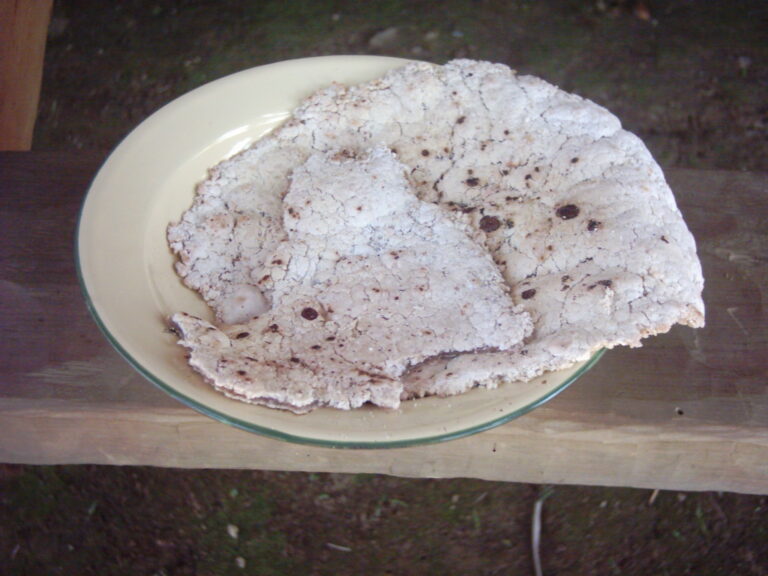Introduction: Papua New Guinea and its cuisine
Papua New Guinea is a country located in the Pacific region and is known for its diverse culture and traditions. The country has over 800 different languages and a rich history, which is reflected in its cuisine. Papua New Guinean cuisine is unique and has evolved over time through the combination of traditional cooking techniques and modern influences.
The cuisine of Papua New Guinea is characterized by the use of fresh and local ingredients. The country’s tropical climate provides an abundance of fruits, vegetables, and seafood, which are staples in the cuisine. The traditional cooking methods used in Papua New Guinean cuisine have been passed down through generations and are an integral part of the country’s culture.
Traditional cooking methods in Papua New Guinean cuisine
In Papua New Guinea, traditional cooking methods include using hot stones and earth ovens. Hot stones are heated in a fire and then placed in a pit containing food. The food is then covered with leaves and dirt, and the heat from the stones cooks the food slowly. This method is commonly used to cook fish, chicken, and pork.
Earth ovens, also known as “umu” or “hangi,” are another traditional cooking method used in Papua New Guinean cuisine. This method involves digging a pit in the ground and heating it with firewood. The food is wrapped in banana leaves and placed in the pit, which is then covered with dirt and left to cook for several hours. This method is commonly used to cook root vegetables and meats.
Cooking with hot stones and earth ovens
The use of hot stones and earth ovens in Papua New Guinean cuisine gives the food a unique flavor and texture. The slow cooking process allows the food to retain its natural juices and flavors, resulting in tender and flavorful dishes.
Hot stones and earth ovens are also environmentally friendly cooking methods. They do not require electricity or gas, and they use natural materials for cooking, which reduces waste and pollution.
The unique use of banana leaves and coconut milk in cooking
Banana leaves and coconut milk are commonly used ingredients in Papua New Guinean cuisine. Banana leaves are used as a wrapping for food cooked in earth ovens, which imparts a subtle flavor to the food. Coconut milk is used to add a creamy texture and flavor to soups and stews, and is also used in desserts.
The use of these ingredients in cooking reflects the country’s tropical climate and abundance of natural resources. The flavors and textures they add to the dishes are an important part of Papua New Guinean cuisine.
Preservation techniques in Papua New Guinean cuisine
Preservation techniques are an important part of Papua New Guinean cuisine. The country’s tropical climate can lead to rapid spoilage of food, so preservation is necessary to ensure food is available year-round. Some preservation techniques include smoking, drying, and fermenting.
Smoking is commonly used to preserve fish and meat, while drying is used for fruits and vegetables. Fermenting is used to preserve vegetables and is commonly used to make a traditional dish called “laplap.” Laplap is made by grating root vegetables, mixing them with coconut milk, wrapping them in banana leaves, and burying them in an earth oven to ferment.
The role of cuisine in Papua New Guinean culture and society
Papua New Guinean cuisine plays an important role in the country’s culture and society. Food is a way of bringing people together and is often shared during social events and celebrations. Traditional cooking methods and ingredients are passed down through generations, preserving the country’s cultural heritage.
In addition, the cuisine of Papua New Guinea is a source of pride for the country. It reflects the country’s rich history and diverse culture, and is an important part of its identity. As the country continues to modernize, the preservation and promotion of traditional cuisine remains an important aspect of Papua New Guinean culture.

